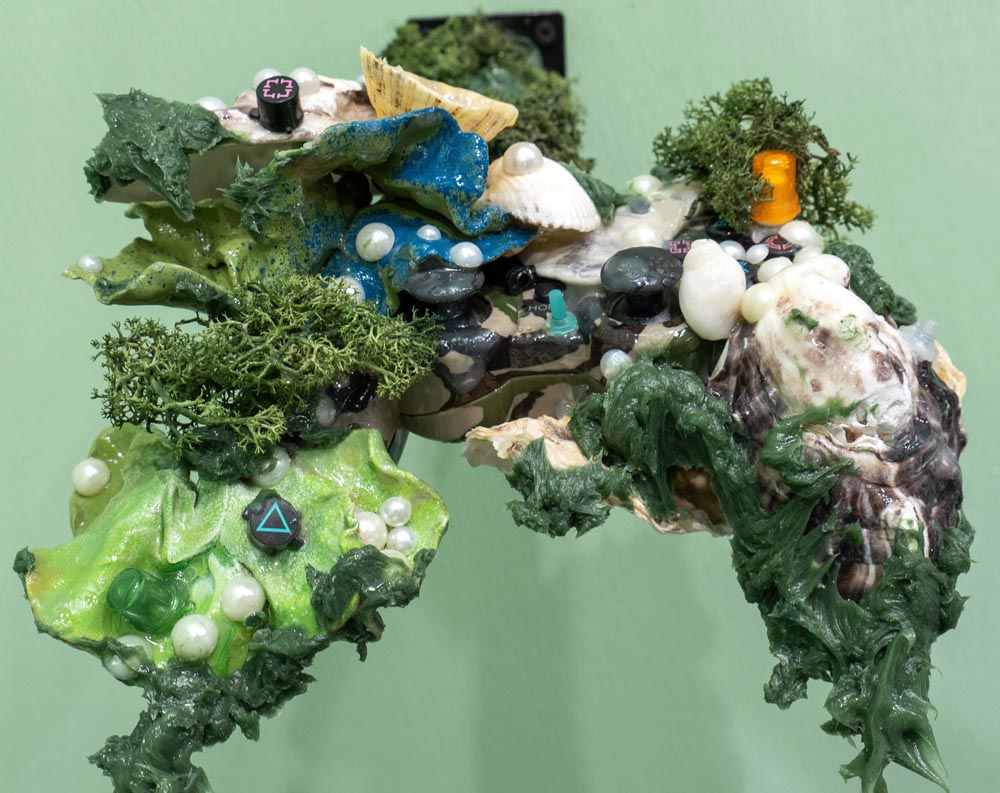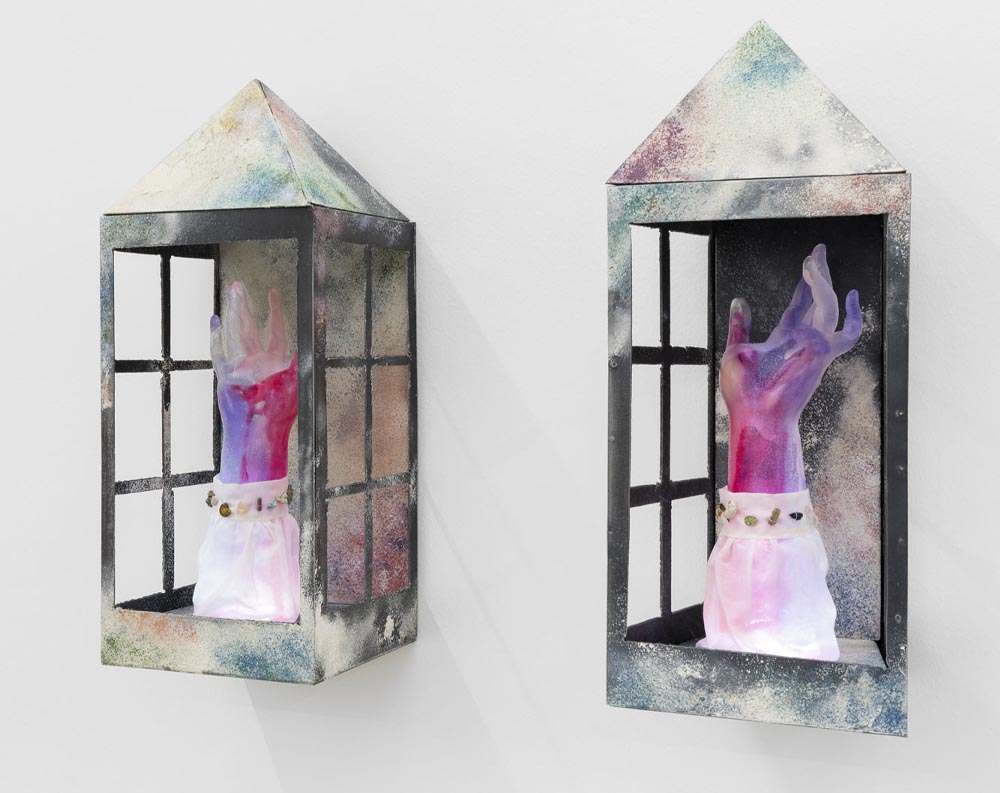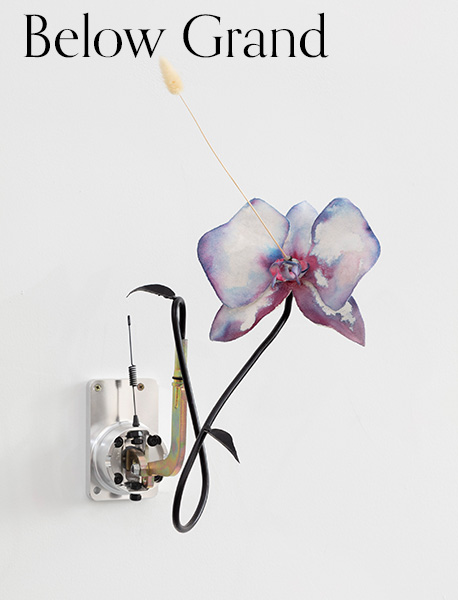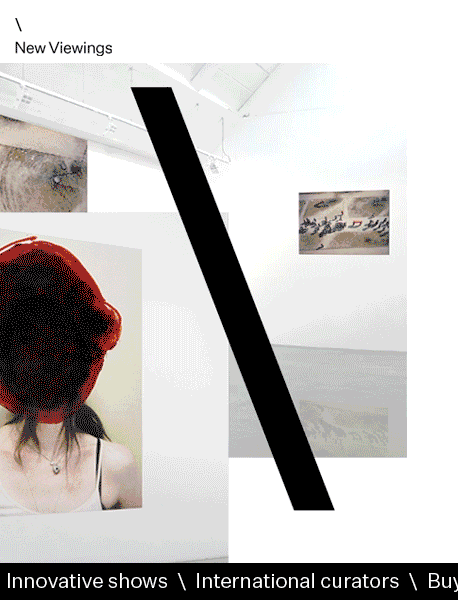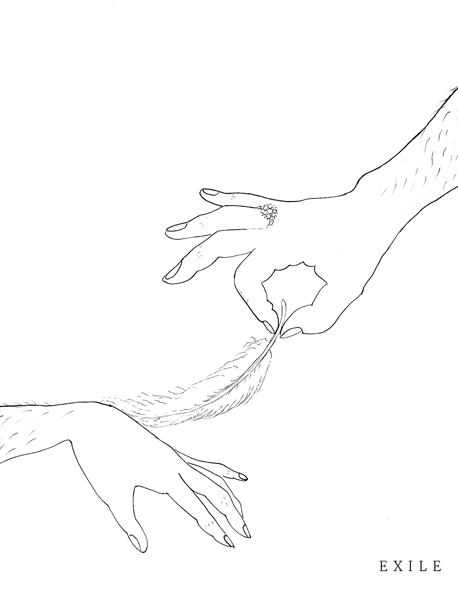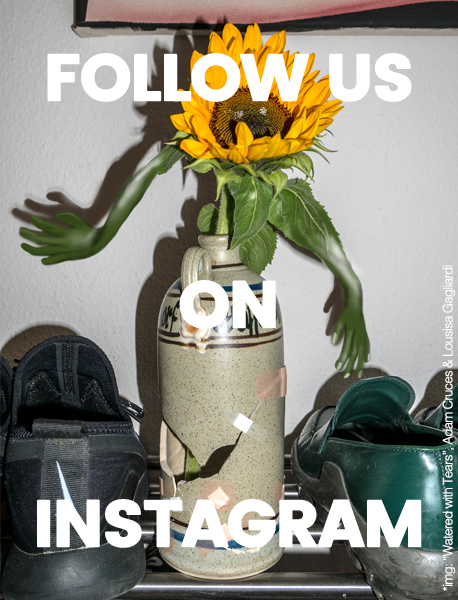OFLUXO
Eliza Ballesteros, Jürgen Baumann, Victor Beger, Taissa Fromme, Łukasz Horbów, Samuel Stano
Curated by Lea Lahr
At Alte Tankstelle Deutz, Cologne
October 22 — November 18, 2022
Photography: Martin Plüddemann
Palimpsest from the ancient Greek palin (again) and ψάεινpsaein (to rub/scrape off) refers to an ancient piece of writing that was rewritten after the original lettering had been washed away or scraped off. At the same time, it can also be understood as an object that changes over time and bears the traces of these changes in the surface structures to the outside. The layers of the palimpsest can form next to as well as on top of each other and are always inherent to the materiality. Despite the individual ephemeral traces, a permanent structure emerges in the interplay of this plurality of superimpositions. The materiality of the palimpsest regenerates itself in this process and allows for ambiguous levels. Thus, the palimpsest is part of a cycle. The reference of regeneration to a past state creates a repercussion of the past on the present as well as vice versa: “the past should be altered by the present as much as the present is directed by the past.”
In the social sciences, palimpsest refers to the configuration of urban space and the temporality and materiality of architecture and infrastructure based on ruins and reconstructions. Simultaneously, it also refers to the processes of transformation of urban space as well as the material result across time and space, processes of changing and adding. On the one hand, these processes can be recognized as heritage and thus preserved, or the emergence of the new can lead to potential conflict through the erasure of the past. Through the adaptation of destruction and decay, the city can be regeneratively reappropriated. Regeneration and its adaptive mechanisms thus serve as a concept of hope and can undercut the capitalist idea of progress. Since the return to the past through regeneration can also be seen as something that is not desirable and never absolutely achievable, the concept of regeneration should not be understood as returning to the past, but more as rebuilding what already exists and is decaying.
It is not that what is past casts its light on what is present, or what is present its light on what is past; rather, […] what has been comes together in a flash with the now to form a constellation. […] For while the relation of the present to the past is purely temporal, the relation of what-has-been to the now is dialectical: not temporal in nature but figural <bildlich>.
The appropriation of the city through regenerative processes is also visible in the Alte Tankstelle Deutz, as demonstrated by the transformation of the gas station into a party location and further into an off-space. The exhibition refers to this past of the space through the renewed use of the bar – not only as part of the regenerative process, but likewise as the starting point of a dialogue. The woven rhizome between the exhibition space and the artistic positions brings to light various connections and networks within the broad concept of regeneration. Here, new functionalities, reuses and reunions of materials from past systems, reinterpretations of rituals and memories, the superimposition of traces, the direct reference to the space and its history, and ultimately its decryption.
— Lea Lahr
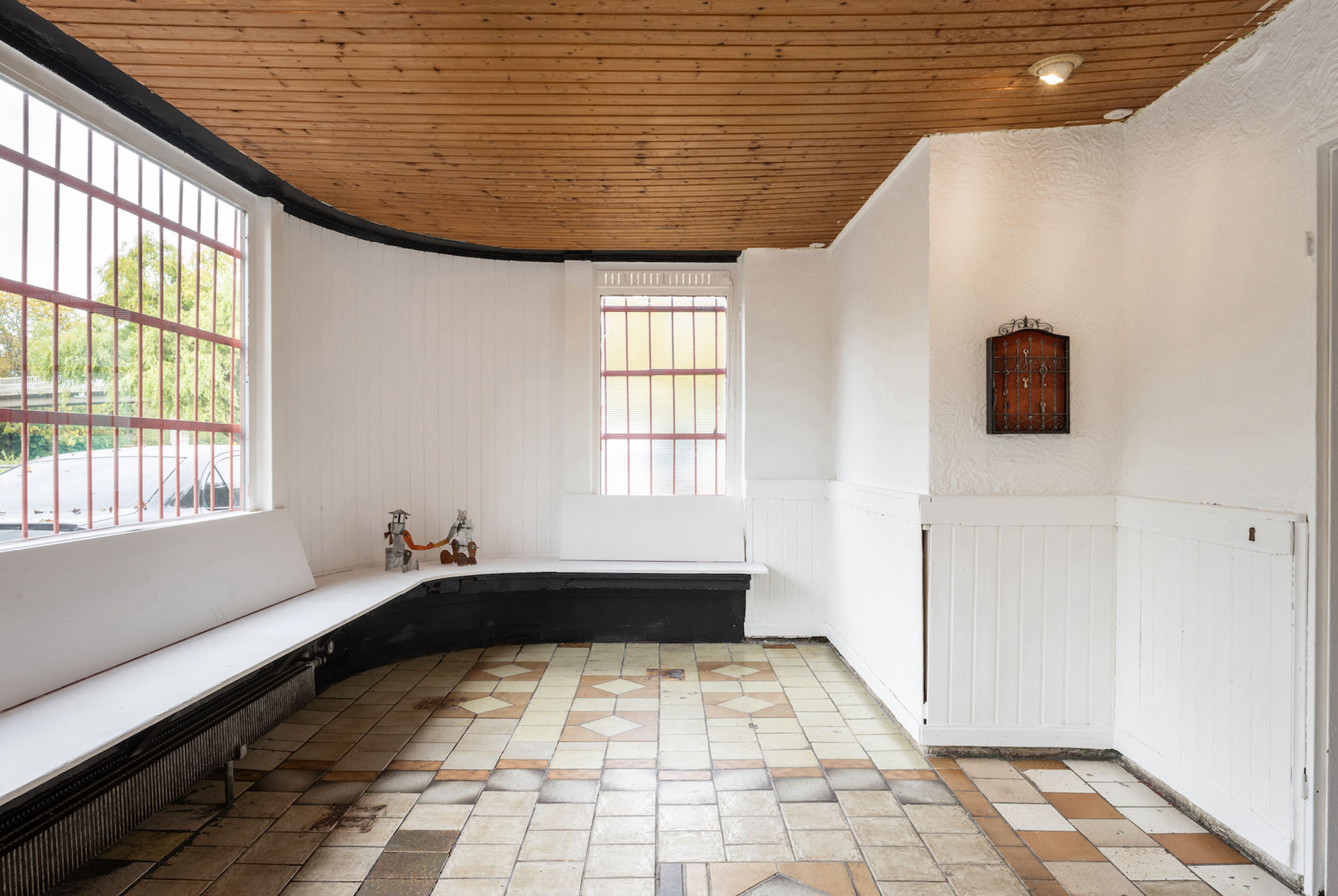
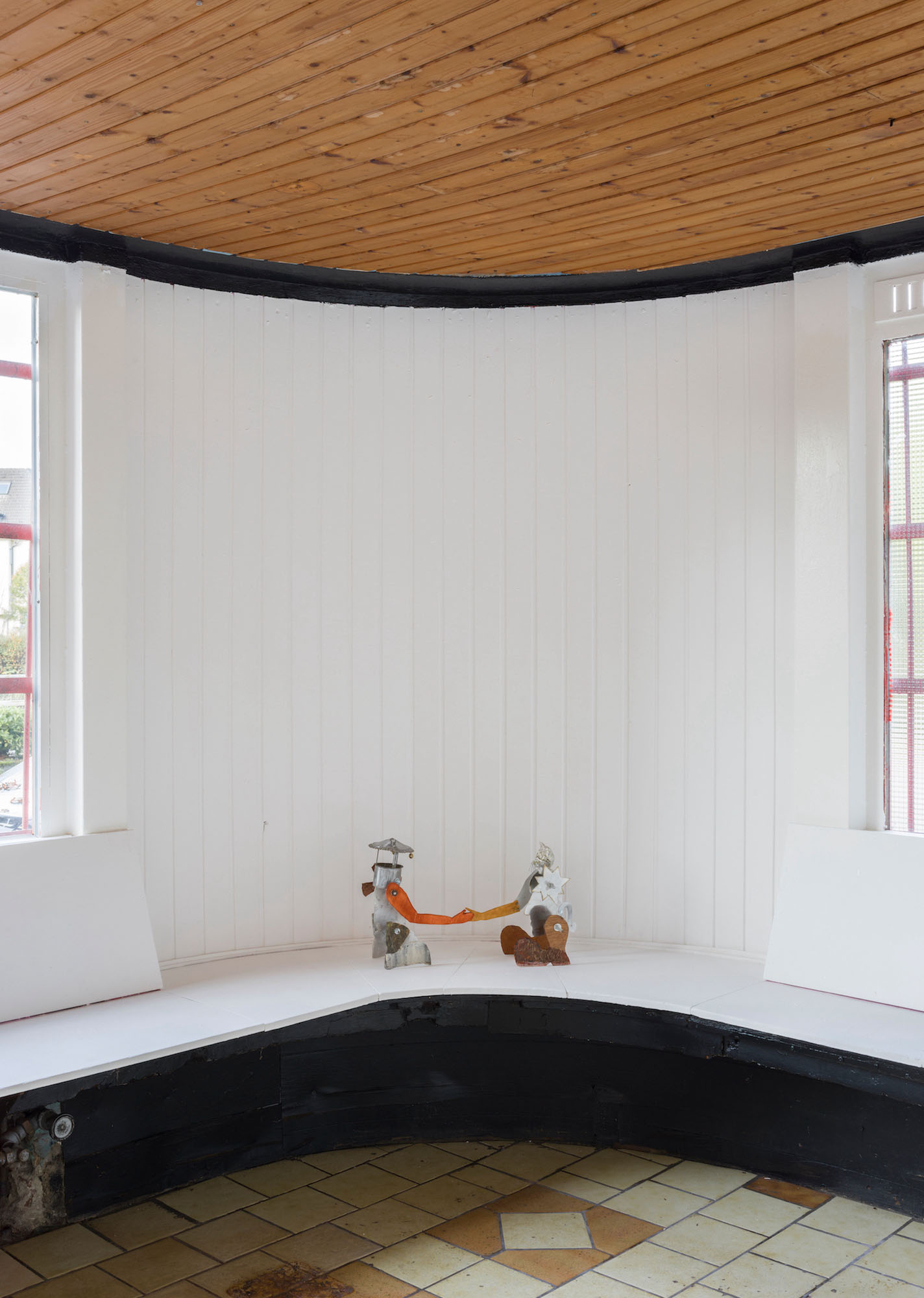
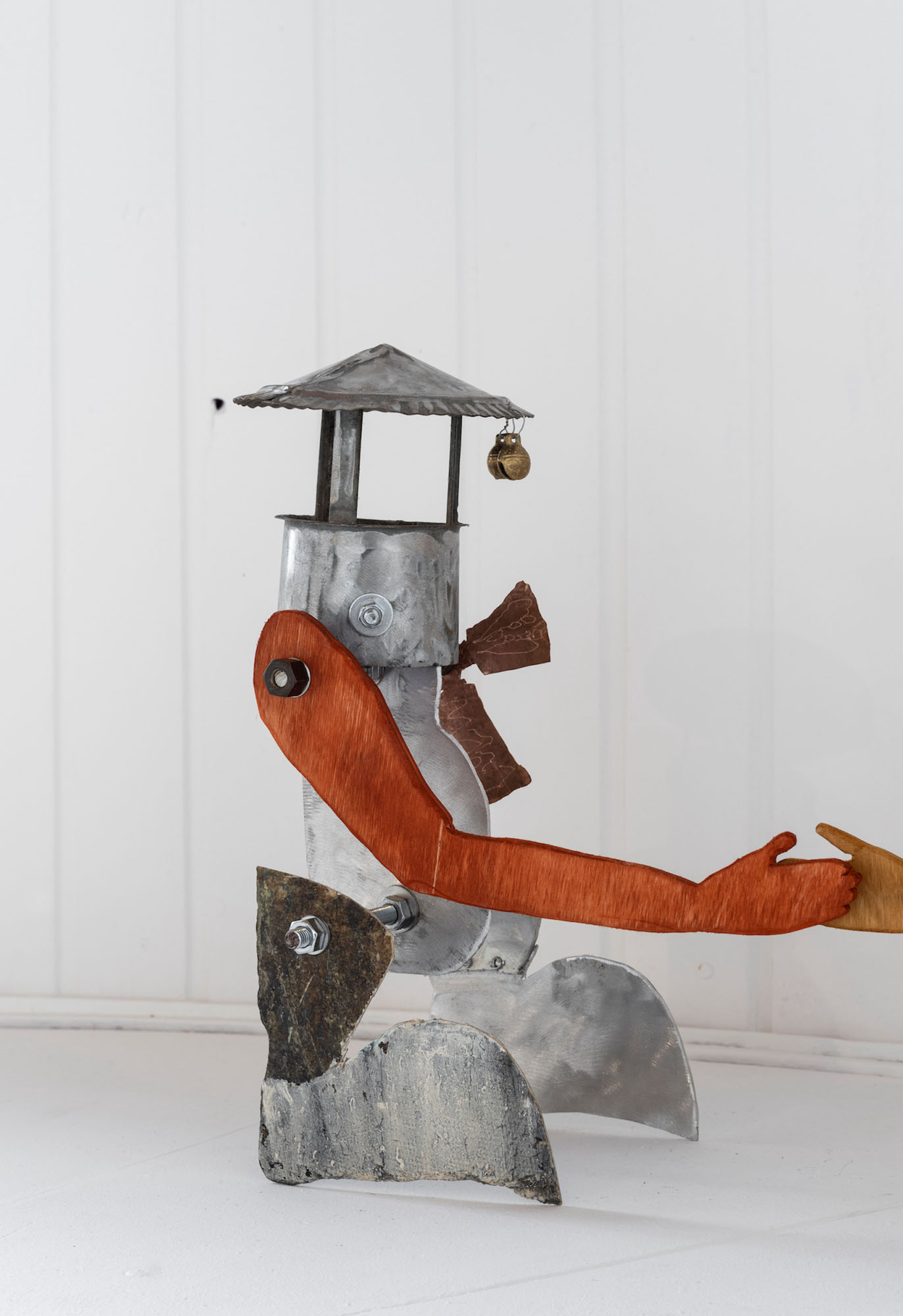
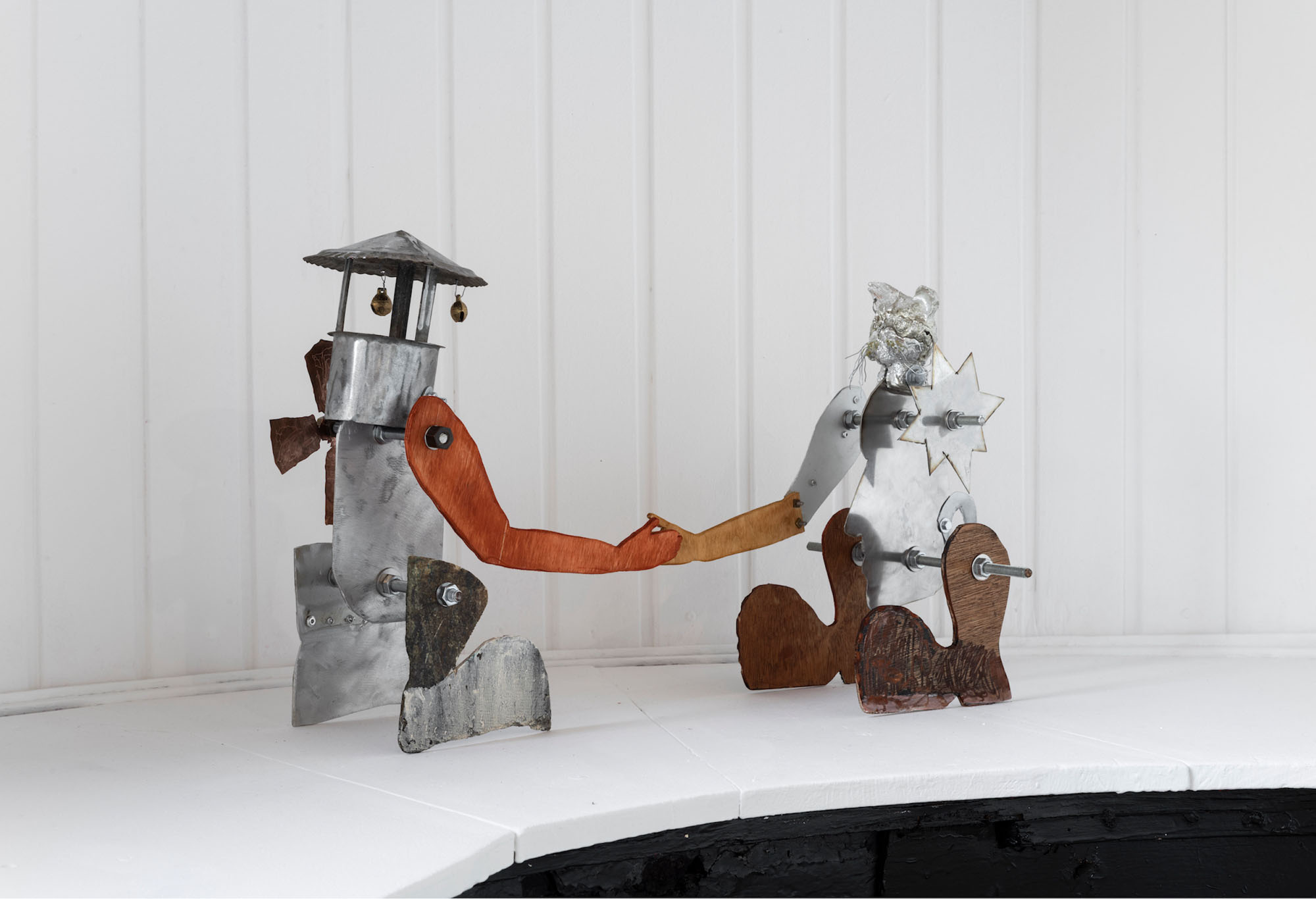


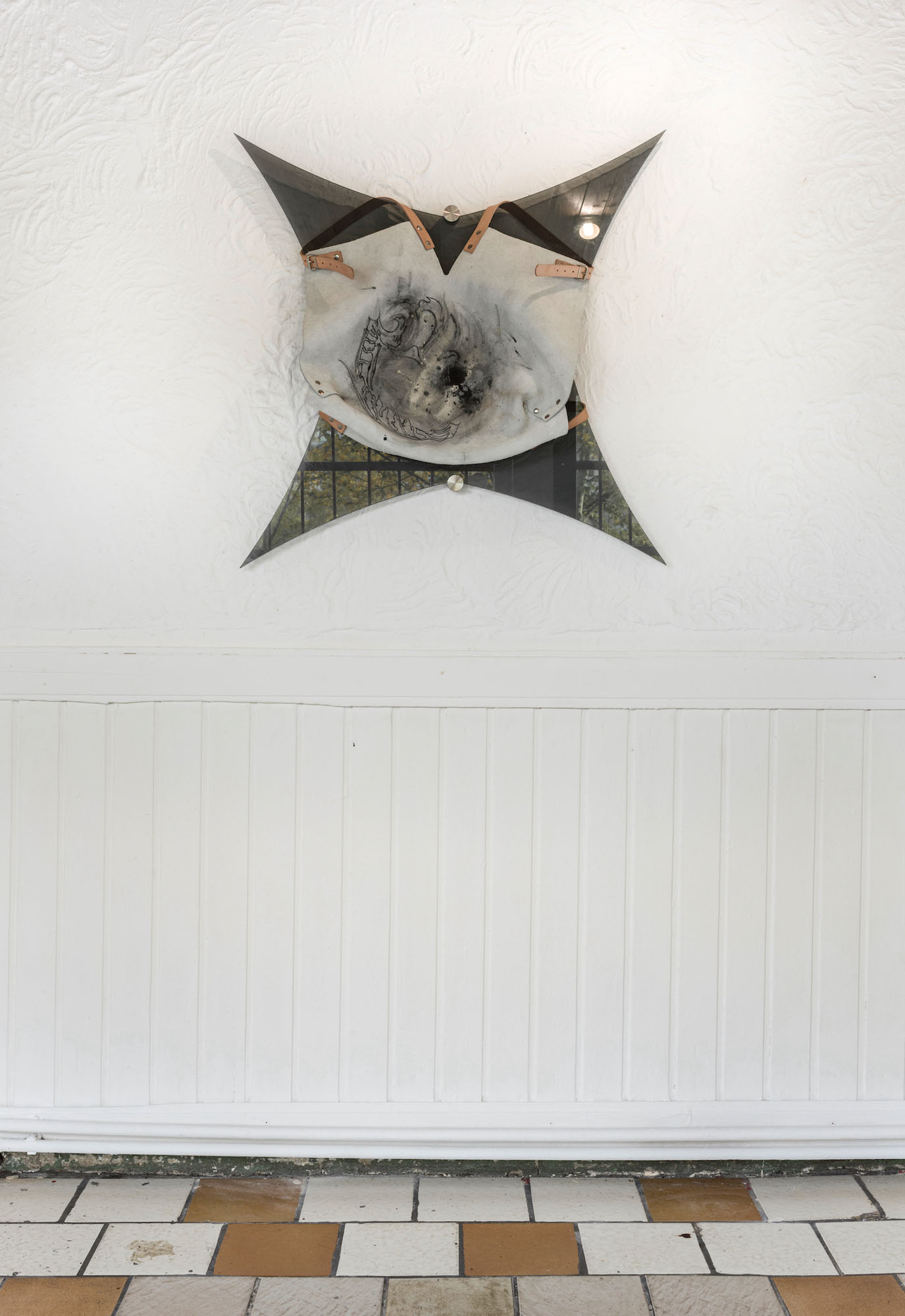
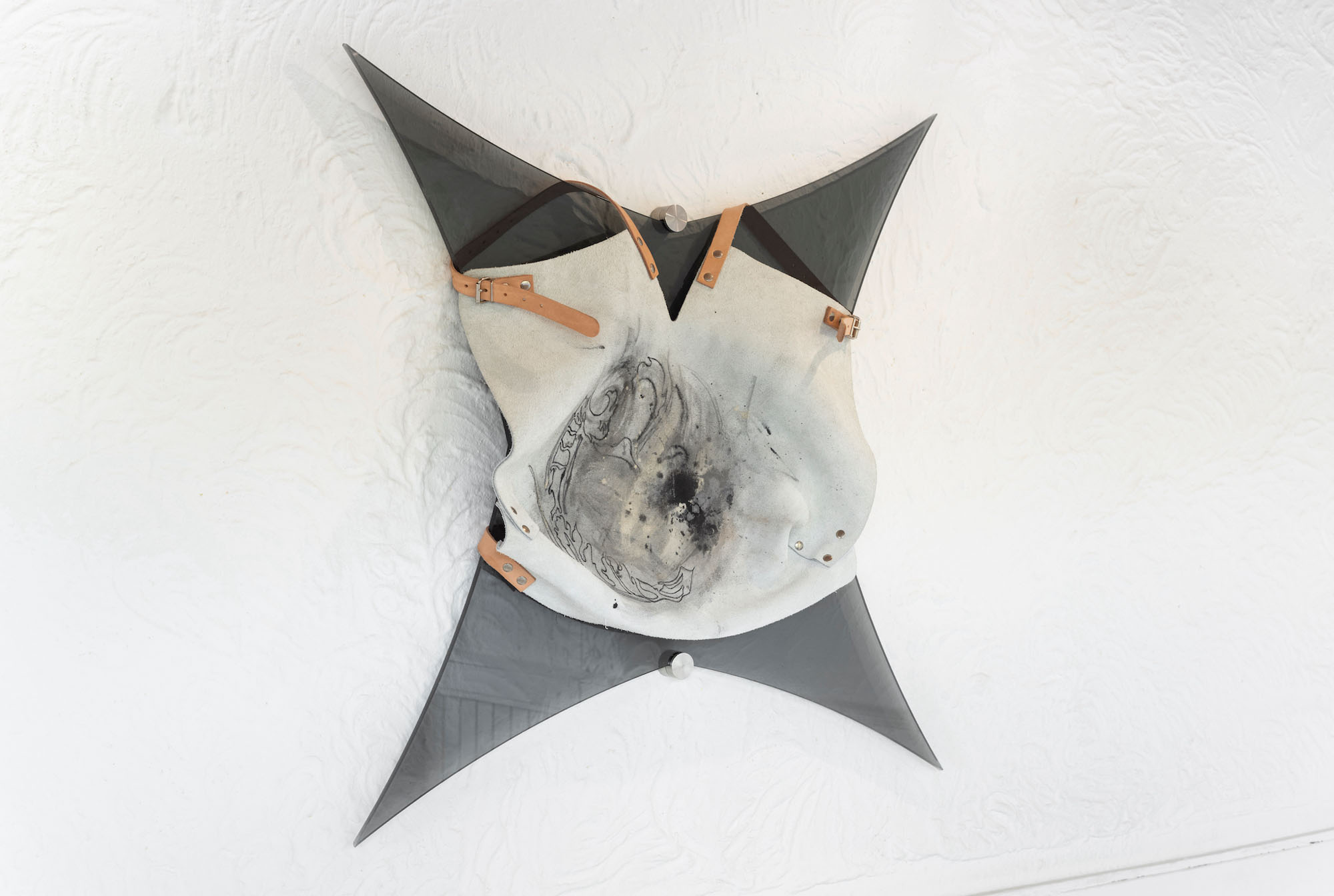
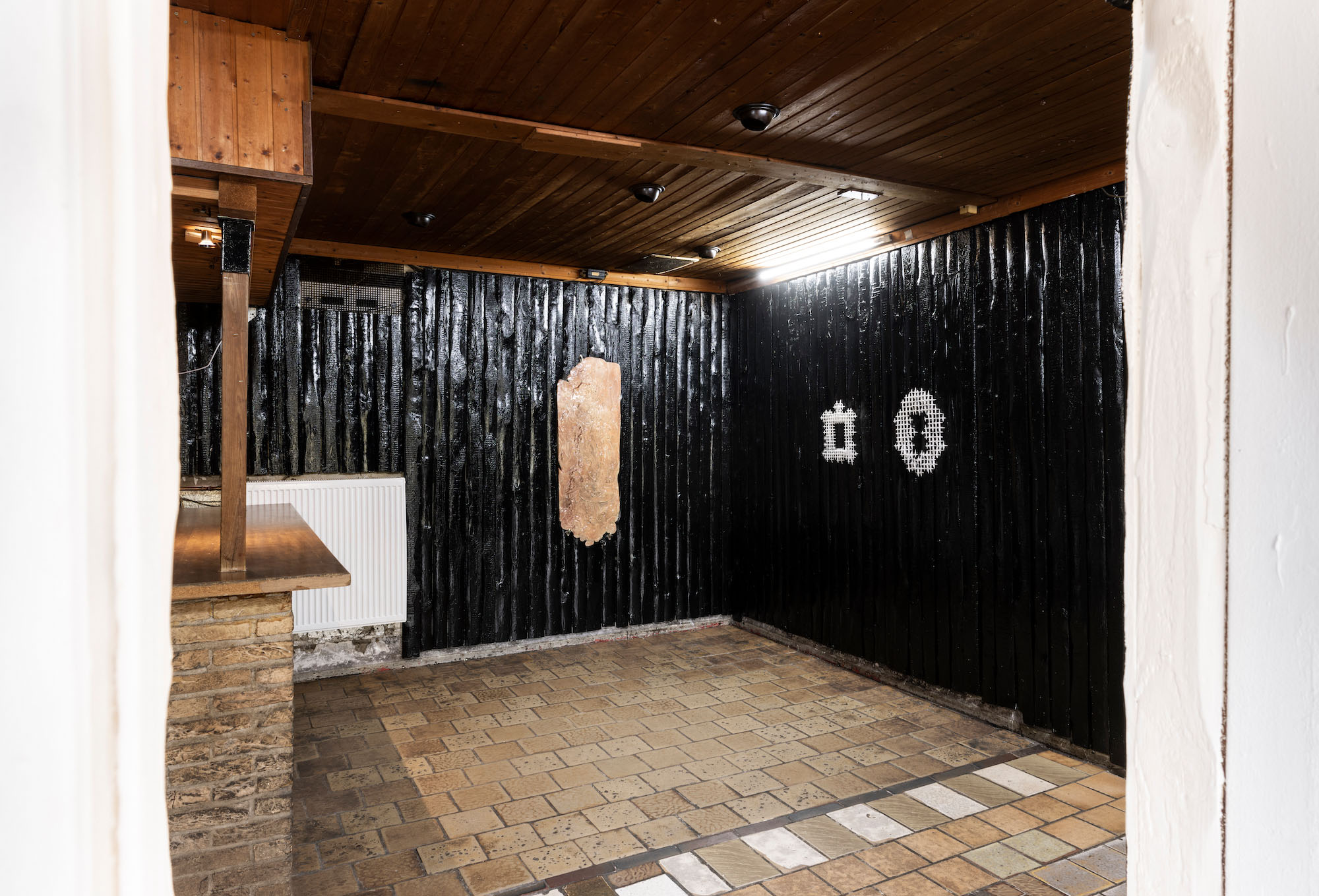

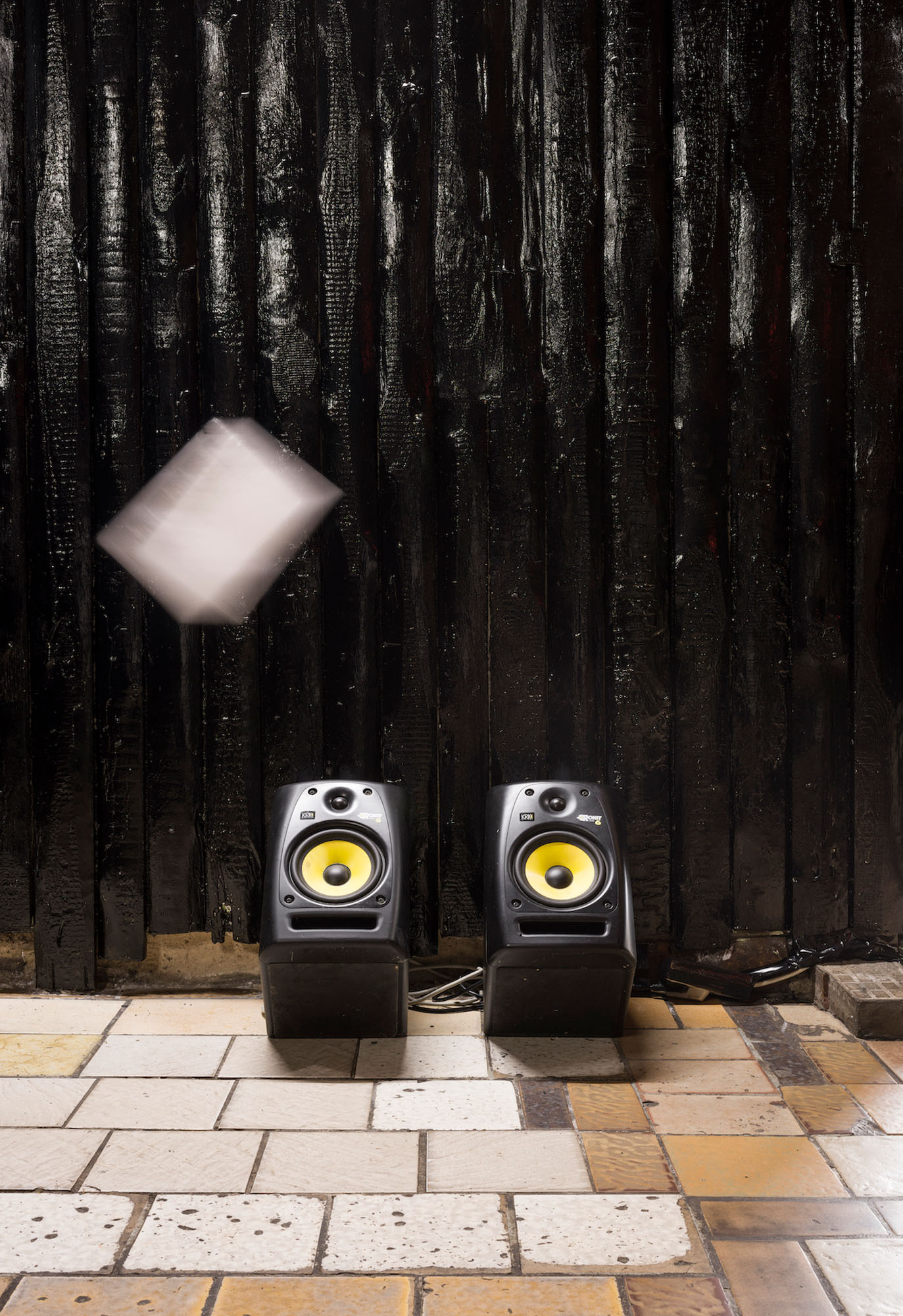
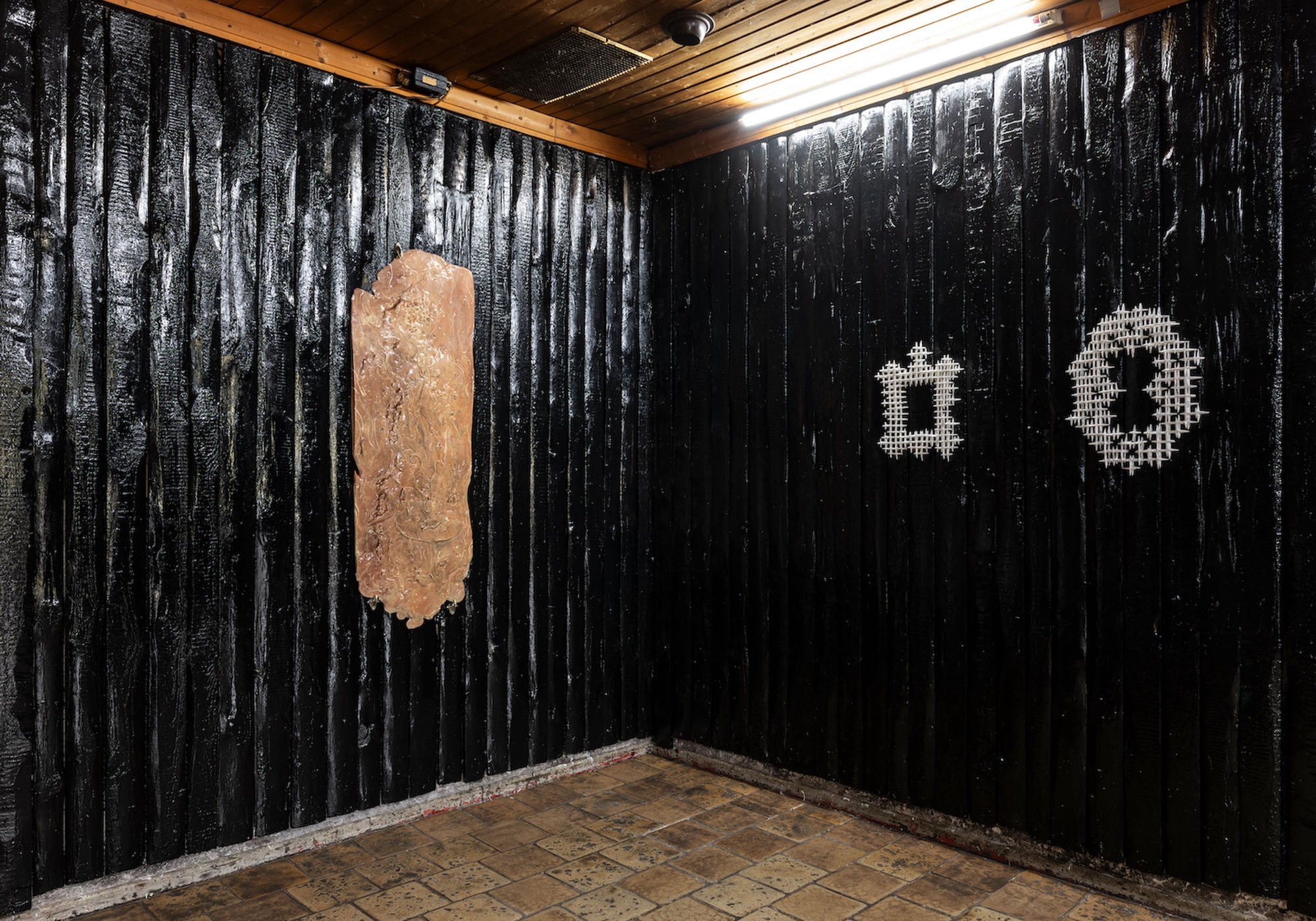
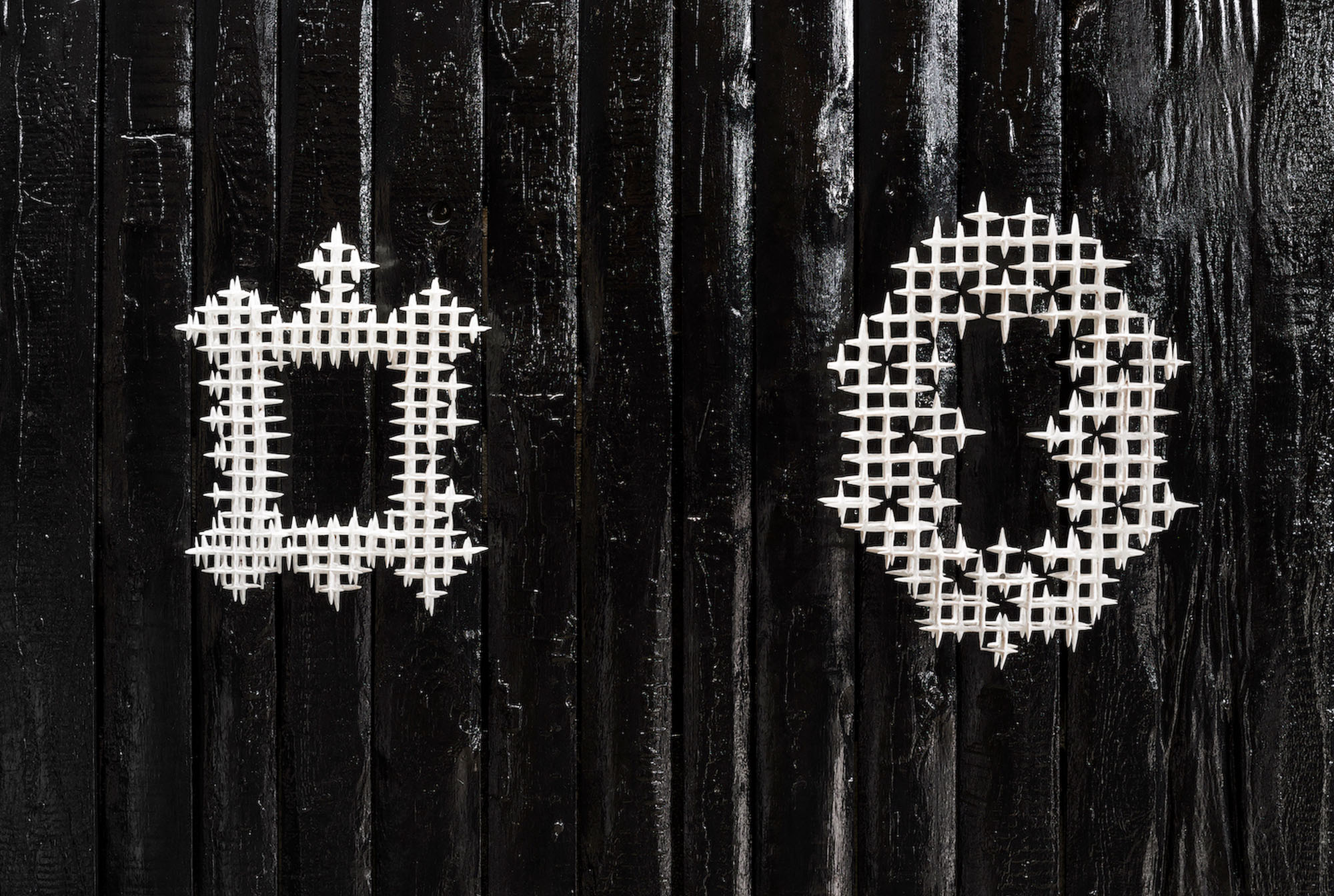
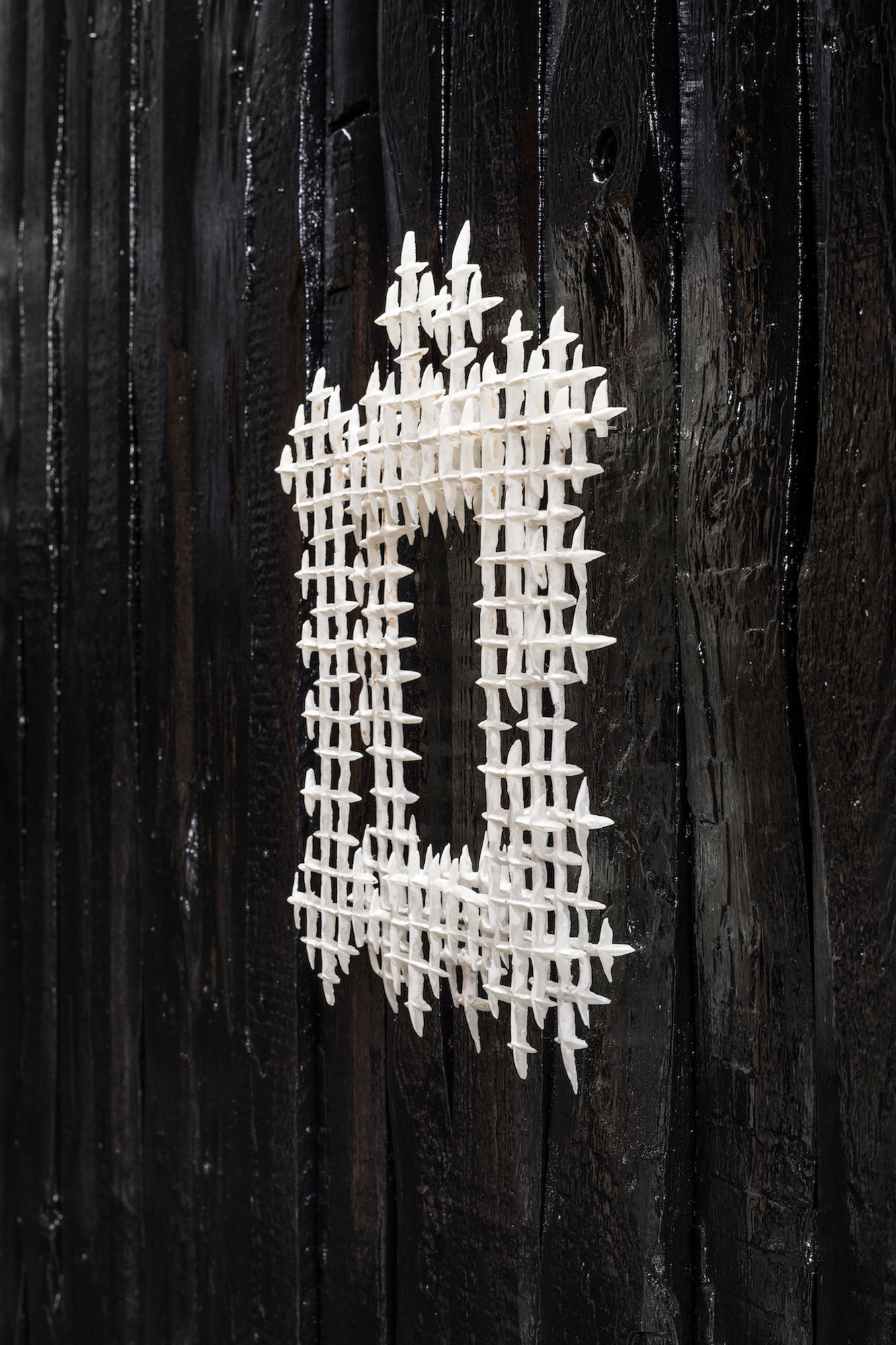
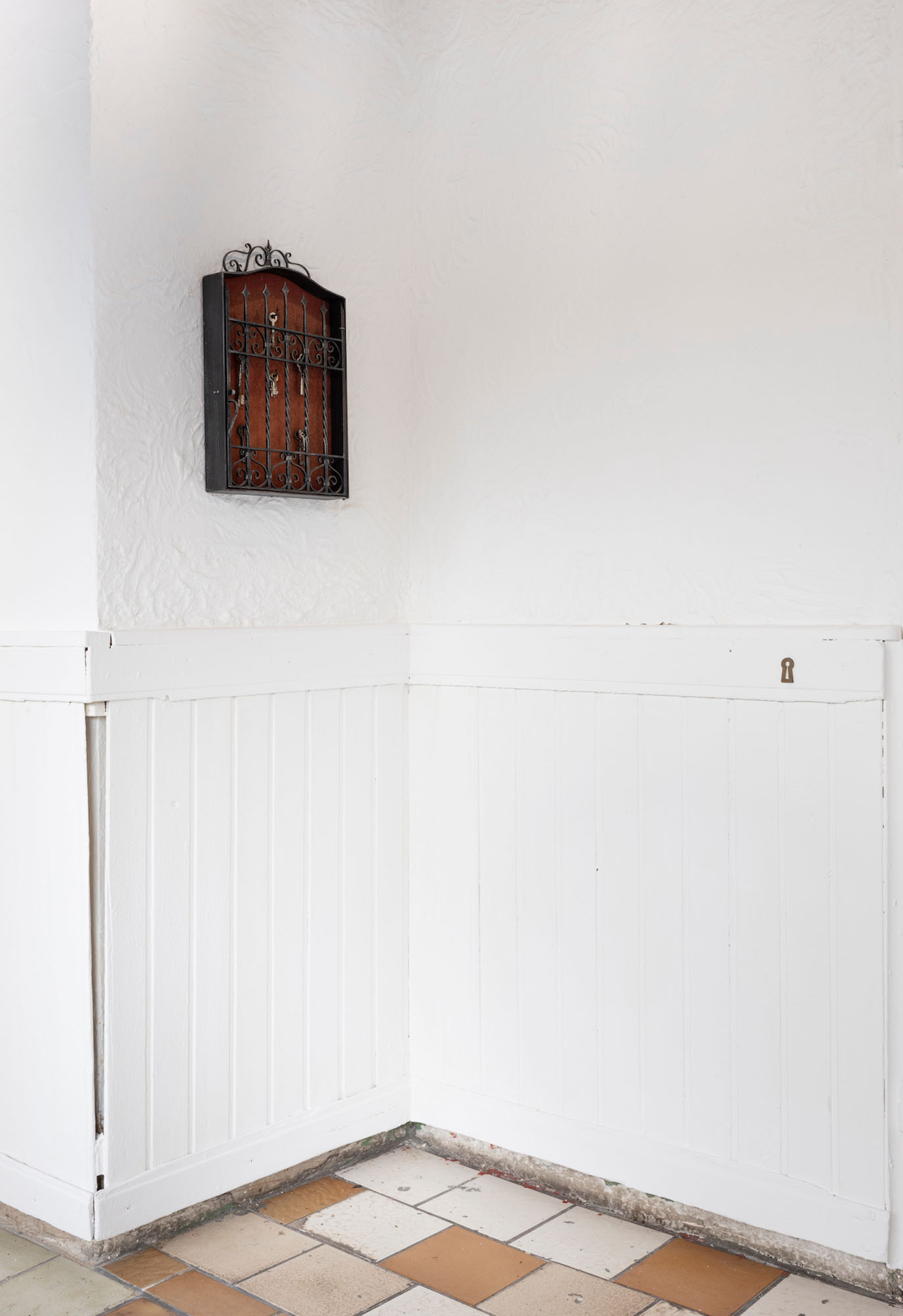
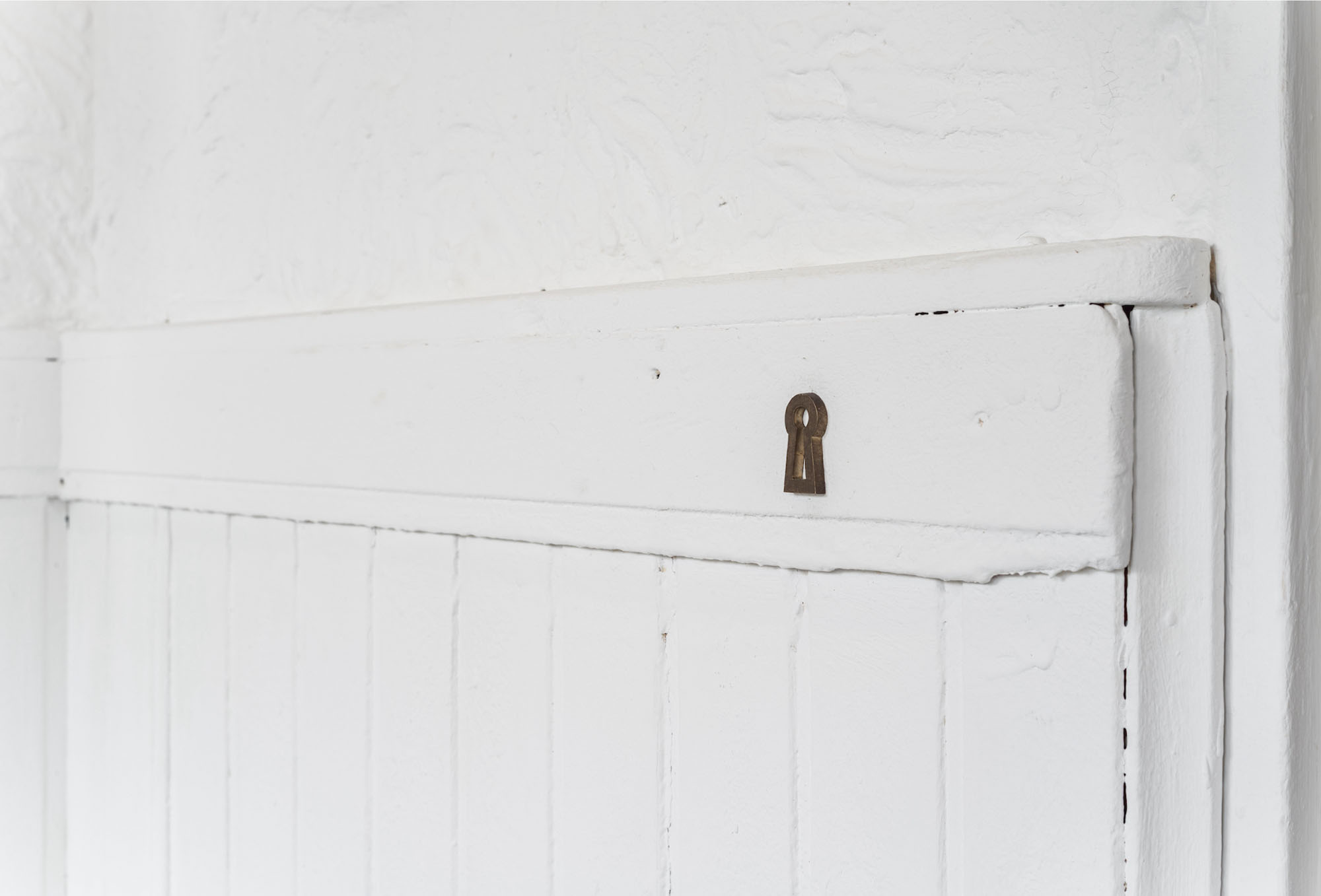
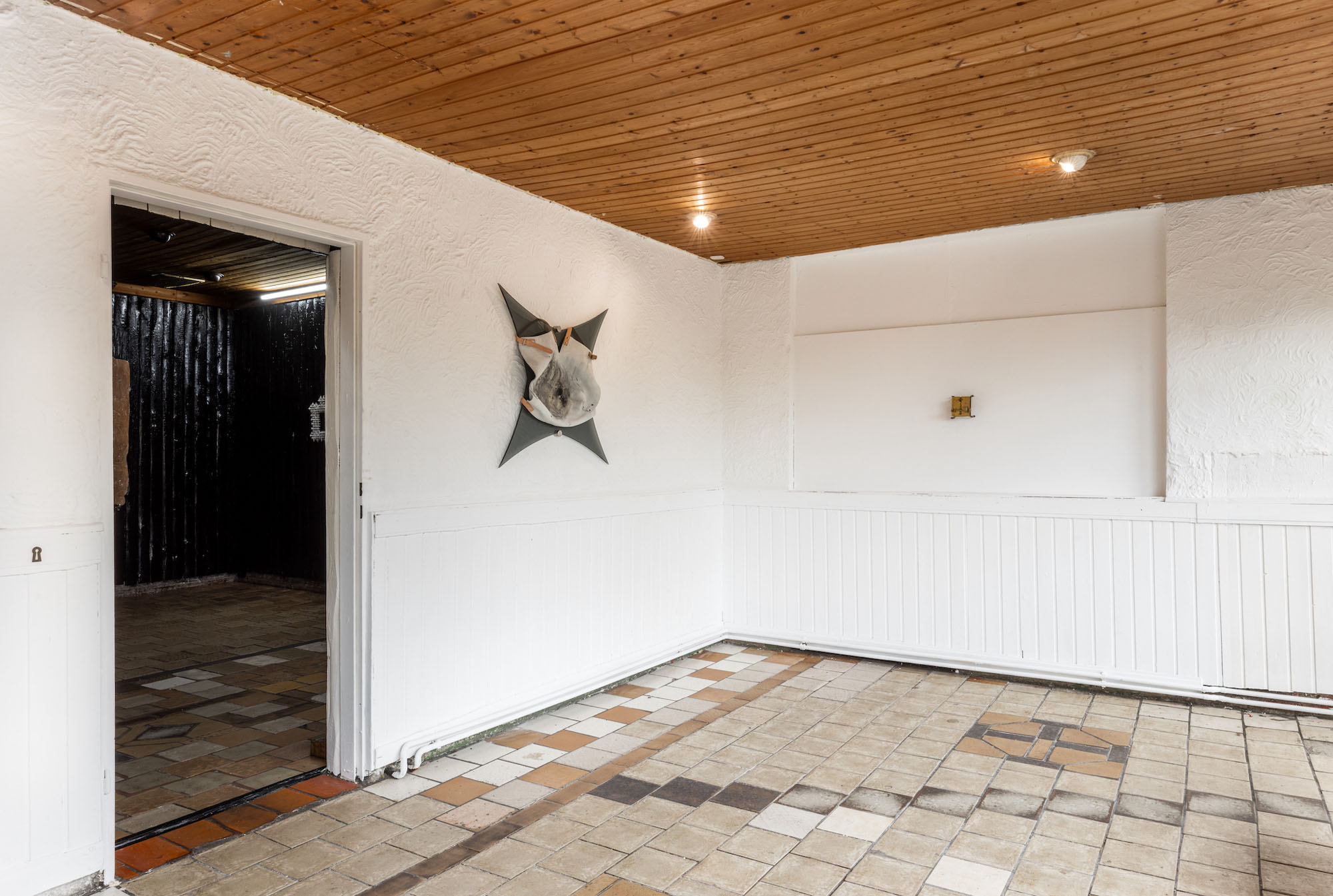
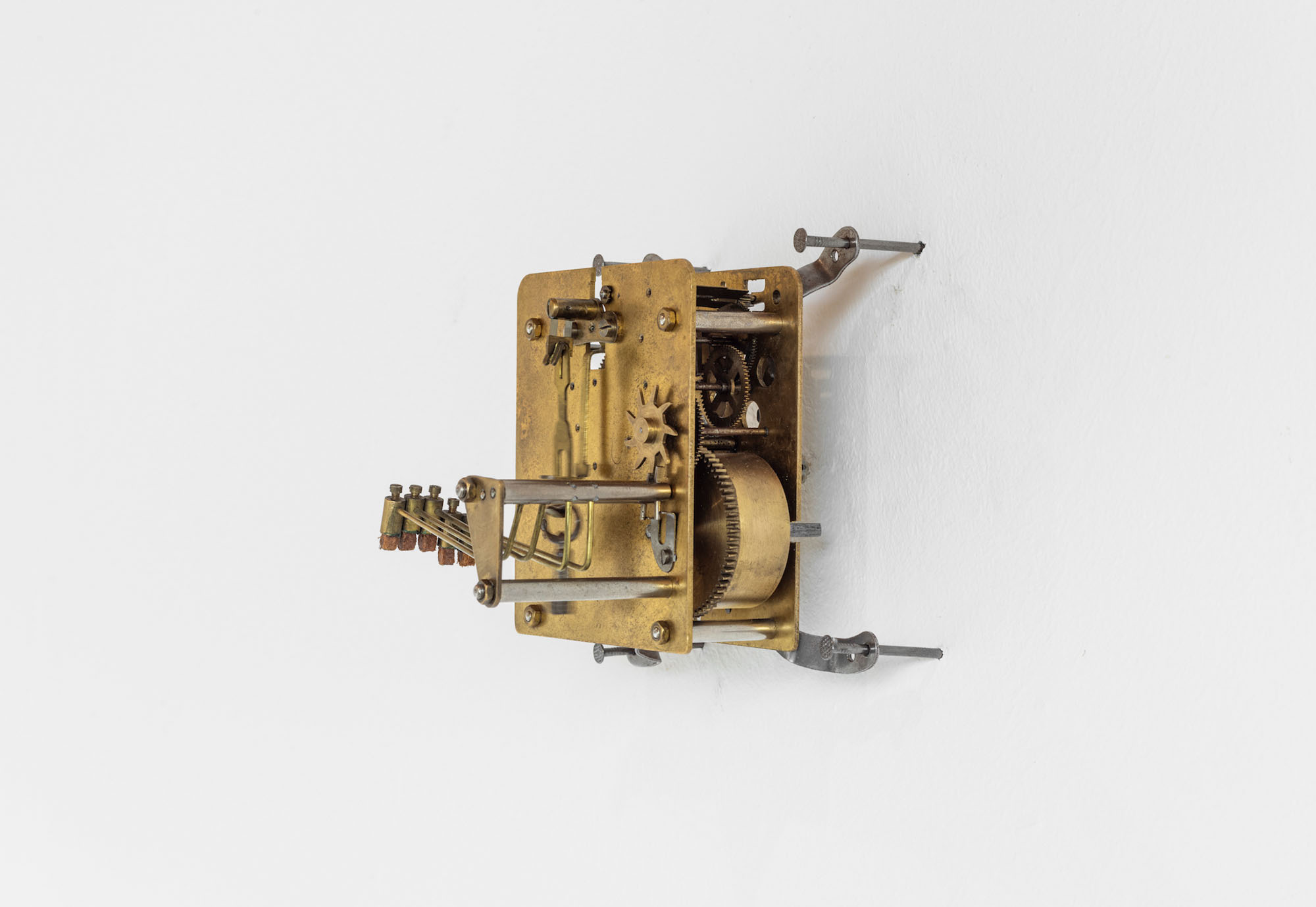
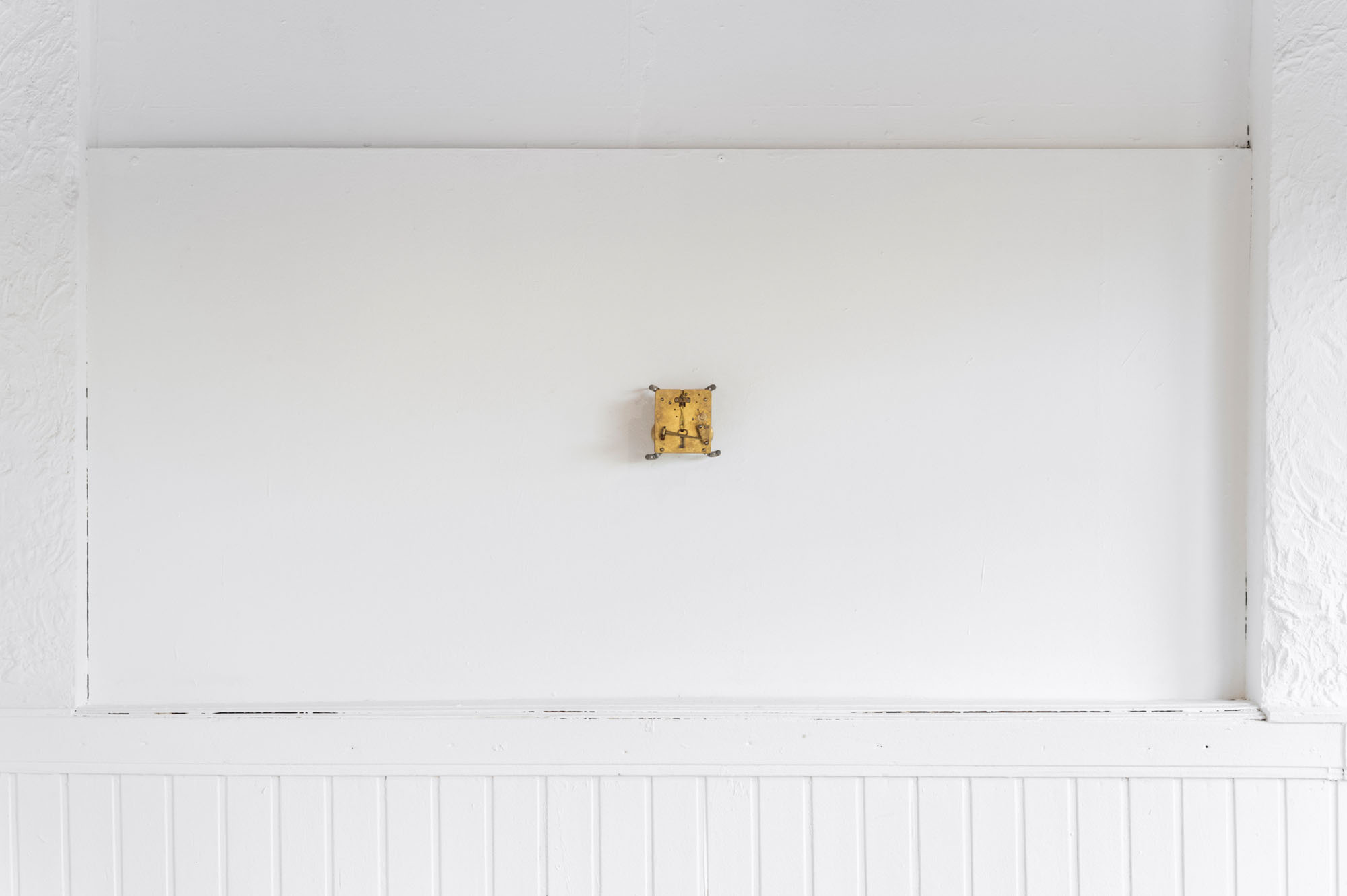
Previous Articles
OFLUXO is proudly powered by WordPress
